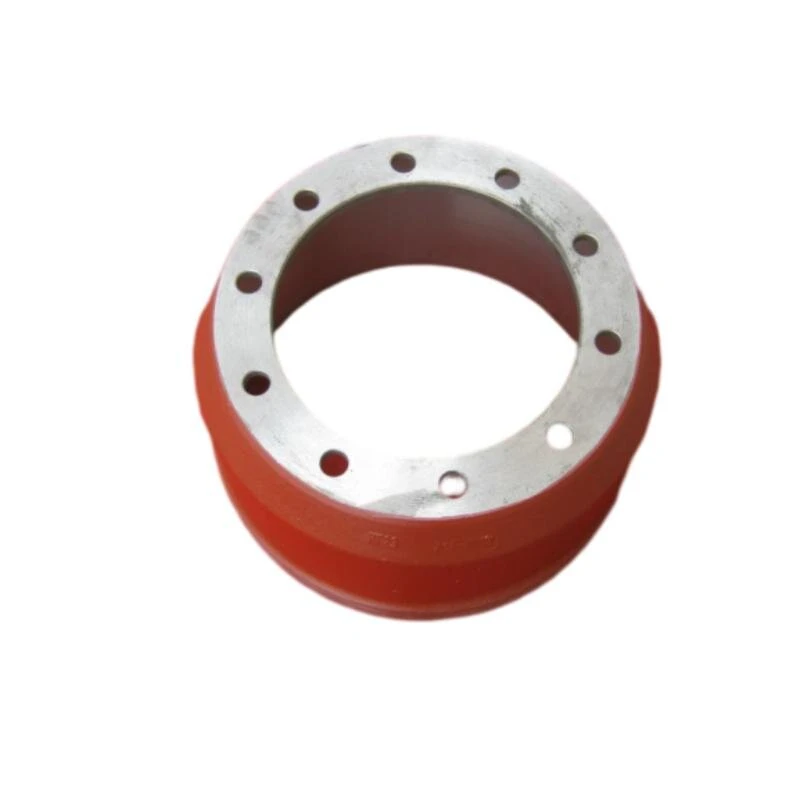Dec . 26, 2024 03:03 Back to list
Understanding Brake Drum Adjustment Techniques for Optimal Vehicle Performance
Understanding Brake Drum Adjusting A Comprehensive Guide
Brake drum adjusting is an essential aspect of vehicle maintenance that promotes safe driving and enhances the longevity of braking components. Brakes are critical safety features that require regular attention and adjustment to ensure they function effectively. In this article, we will delve into the importance of brake drum adjusting, the procedure involved, and some tips for maintaining optimal brake performance.
The Importance of Brake Drum Adjusting
Brake drums play a pivotal role in the overall braking system, particularly in vehicles equipped with drum brakes. Unlike disc brakes, which rely on calipers and rotors, drum brakes function through a mechanism that uses friction to slow down the vehicle. Over time, as the brake shoes wear down, the distance between the shoes and the drum increases, resulting in reduced braking efficiency. Herein lies the necessity of brake drum adjusting.
Regular adjustment helps to maintain the correct clearance between the brake shoes and the drum, ensuring that the braking force is applied effectively. Proper adjustment leads to several benefits, including improved braking response, increased safety, and reduced wear on the braking components. Neglecting this critical maintenance task can lead to uneven braking, increased stopping distances, and even potential brake failure in extreme cases.
The Brake Drum Adjusting Process
Adjusting brake drums can vary slightly depending on the vehicle's make and model, but the fundamental principles remain consistent. Here’s a step-by-step guide to properly adjust your brake drums
1. Gather Tools and Materials Before starting, ensure you have the necessary tools. Common tools include a jack, jack stands, a wrench, a brake adjusting tool (or screwdriver), and possibly a torque wrench.
2. Lift the Vehicle Use the jack to lift the vehicle and secure it with jack stands. Always ensure the vehicle is on a flat surface before lifting it to avoid accidents.
3. Remove the Wheel Detach the lug nuts with the wrench and remove the wheel to expose the brake drum assembly.
4. Inspect the Brake Components Before making any adjustments, inspect the brake shoes, springs, and drum for any signs of wear or damage. Replace any worn-out components as necessary.
5. Access the Adjuster Locate the adjuster mechanism, which is typically situated between the brake shoes. This mechanism allows for the expansion or contraction of the shoes relative to the drum.
brake drum adjusting

6. Adjust the Brake Shoes Using a brake adjusting tool or a flathead screwdriver, turn the adjusting wheel or screw. Adjust until the shoe just lightly contacts the brake drum. It is important not to overtighten, as this can cause excessive wear.
7. Rotate the Drum After adjusting, rotate the brake drum to ensure it spins freely. If the drum binds or continues to be difficult to turn, further adjustments may be necessary.
8. Reassemble and Test Once the adjustment is satisfactory, replace the wheel, tighten the lug nuts, and lower the vehicle. Test the brakes at low speed to ensure they engage smoothly and effectively before returning to normal driving conditions.
Tips for Better Brake Maintenance
Regular brake inspection is crucial, and here are a few tips to enhance your brake maintenance routine
1. Listen for Noises Be attentive to unusual sounds while braking, such as squealing or grinding. These can indicate that brake shoes or drums may need replacement or adjustment.
2. Check Brake Fluid Levels Ensure that the brake fluid level is adequate, as low fluid can affect brake performance.
3. Schedule Regular Inspections Incorporate brake inspections into your routine vehicle maintenance schedule. A professional can help in identifying issues that may require more advanced adjustments or repairs.
4. Drive Responsibly Avoid aggressive driving behaviors such as sudden stops or hard braking, which can cause premature wear of the braking system.
5. Keep Brake Components Clean Road dirt and debris can accumulate on brake components, affecting their performance. Regular cleaning can help maintain efficiency.
Conclusion
Brake drum adjusting is vital for ensuring vehicle safety and performance. By understanding the adjustment process and adhering to a regular maintenance schedule, drivers can contribute to their safety on the road. Ultimately, staying proactive with brake care and understanding how your braking system works will lead to a smoother and safer driving experience.
-
Your Brake Drum Man: Premium & Reliable Brake Drums for Sale
NewsAug.18,2025
-
ROR Web Development: Build Fast, Scalable, Secure Apps
NewsAug.17,2025
-
Scania Brake Drums: OEM Quality for Optimal Safety & Durability
NewsAug.16,2025
-
R.V.I: Advanced Remote Visual Inspection for Precision
NewsAug.15,2025
-
Discover HYUNDA: Innovative Vehicles, Equipment & Solutions
NewsAug.14,2025
-
R.V.I: Unlock Advanced Insights & Real-time Performance
NewsAug.13,2025
